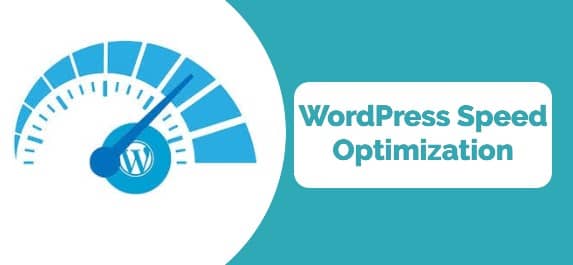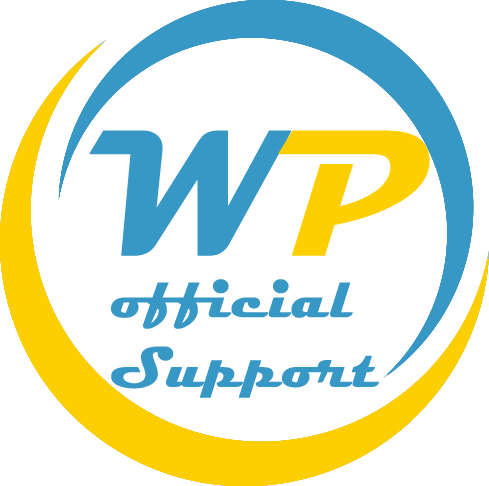- 24X7 WordPress Maintenance and Support Services Company
- +1-917-300-0312
- support@wpofficialsupport.com
Enhancing Website Speed: A Comprehensive Guide to WordPress Optimization

In today's fast-paced digital landscape, a slow-loading website can be detrimental to user experience, search engine rankings, and overall business success. WordPress, a popular content management system, offers a plethora of tools and techniques to optimize website speed and ensure a seamless browsing experience for visitors. In this guide, we'll delve into the key strategies for WordPress website speed optimization.
Choose a Lightweight Theme:
The theme you choose can significantly impact your website's performance. Opt for a lightweight and well-coded theme that prioritizes speed. Themes with minimalistic design and fewer complex elements generally load faster, providing a solid foundation for optimization.
Optimize Images:
Large images are a common culprit behind slow-loading websites. Compress and resize images before uploading them to your WordPress media library. Additionally, consider using lazy loading, a technique that defers the loading of images until the user scrolls to the respective section.
Utilize Caching:
Caching involves storing static files of your website's pages so that they can be served more quickly to users. Install a caching plugin like W3 Total Cache or WP Super Cache to generate static HTML files and reduce server load, resulting in faster page loads.
Minimize HTTP Requests:
Each element on a webpage, such as images, scripts, and stylesheets, requires a separate HTTP request. Aim to minimize these requests by combining CSS and JavaScript files, using sprites for images, and removing unnecessary plugins and scripts.
Content Delivery Network (CDN) Integration:
A CDN distributes your website's content across multiple servers worldwide. This ensures that users can access your site from a server that's geographically closer to them, reducing latency and enhancing load times.
Optimize Database:
Regularly clean up your WordPress database by removing spam comments, post revisions, and other unnecessary data. Use plugins like WP-Optimize or WP-Sweep to streamline your database and improve overall website speed.
Enable GZIP Compression:
GZIP compression reduces the size of files sent from your server to the user's browser. By enabling GZIP compression, you can significantly reduce load times, especially for text-based resources like HTML, CSS, and JavaScript files.
Minify CSS and JavaScript:
Minification involves removing unnecessary characters, spaces, and line breaks from CSS and JavaScript files. This reduces their file sizes, resulting in faster loading times. Use plugins like Autoptimize or WP Rocket to automate this process.
Opt for a Reliable Hosting Provider:
Your hosting provider plays a crucial role in your website's speed. Choose a reputable hosting service that offers optimized servers, strong security measures, and excellent customer support. Managed WordPress hosting can be a valuable option for optimal performance.
Regular Updates and Maintenance:
Keep your WordPress core, themes, and plugins up to date. Developers often release updates to improve performance, fix bugs, and enhance security. Staying current with these updates ensures your site remains optimized.
Conclusion:A lightning-fast website is no longer just a luxury; it's a necessity. By implementing the strategies outlined in this guide, you can significantly improve your WordPress website's speed and provide an exceptional user experience. Remember that optimization is an ongoing process, so regularly monitor your site's performance and make necessary adjustments to stay ahead in the digital race. If you still feel you need someone to optimize the speed and overall performance of your wordpress website, you can call us on our 24/7 WordPress Support Helpline number and get this done with the help of our wordpress expert on one time applicable fee.
